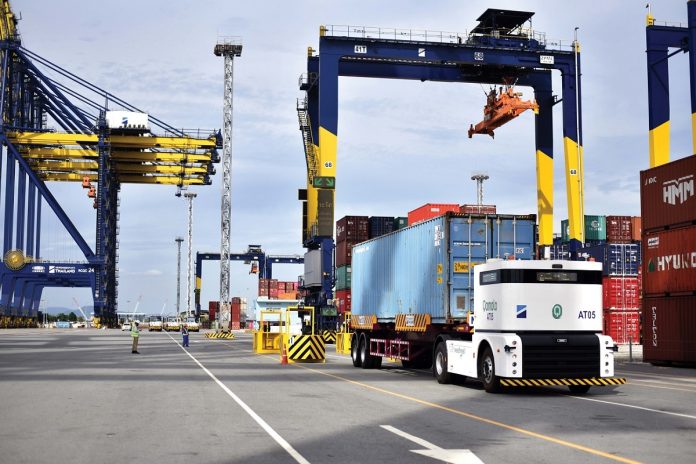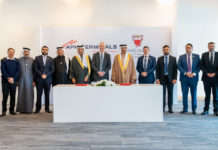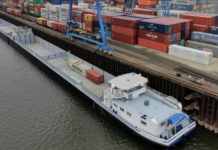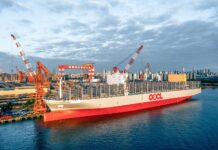
The maritime industry has drastically surged its automation efforts due to global seaport congestion. In addition to solutions such as gantries, automated port gates, and stacking cranes, autonomous horizontal transport modes such as Automated Guided Vehicles (AGVs) that transport containers and loads to and from ships have been the most productivity-augmenting solutions in seaports. According to ABI Research, a global technology intelligence firm, AGV seaport deployments worldwide will have a Compounded Annual Growth Rate (CAGR) of over 26% from 2022 to 2030 and exceed 370,000 global deployments by 2027.
“Automation improves port operations’ reliability, consistency, and workplace security. Also, from an environmental perspective, automation can lead to efficient operations and faster services. Automated ports are also far safer than conventional ports. The number of human-related disruptions falls as performance becomes more predictable with automation and data capture solutions,” explains Adhish Luitel, Supply Chain Management & Logistics Senior Analyst at ABI Research.
In addition to AGVs in seaports, adopting solutions in other modalities of the global supply chain, such as rail, air, and road, has also seen growth. Automaton solution providers, including VisionNav Robotics, Konecranes, HERE Technologies, and VDL Automated Vehicles, have provided various automation and digital tools that enhance operational efficiency and visibility across different modalities. Rail camera systems in rail infrastructure are a particularly growing sector. Over 29,000 inspection robots were deployed in rail infrastructure globally in 2022. This number is set to grow to over 43,000 by 2030 with a CAGR of around 5%, falling in line with the rising rail freight volume. Over 14 billion tons were transported in 2022 via rail freight. This number is set to grow to over 16 billion by 2030.
“Automation in various modalities, despite its benefits, can also bring costs of which supply chain managers might need to be wary. Although automation can streamline workflows and make tasks easier in the long run, it comes at the expense of initial potential productivity losses that come with equipping workers with the right skills to operate and maintain these solutions. So, there is a change management aspect of which managers and authorities must be more mindful,” Luitel concludes.
These findings are from ABI Research’s Multimodal Logistics market data report. This report is part of the company’s Supply Chain Management and Logistics research service, which includes research, data, and ABI Insights. Market Data spreadsheets comprise deep data, market share analysis, and highly segmented, service-specific forecasts to provide detailed insight into where opportunities lie.
อัพเดตข่าวสารและบทความที่น่าสนใจในอุตสาหกรรมโลจิสติกส์ก่อนใคร ผ่าน Line Official Account @Logistics Mananger เพียงเพิ่มเราเป็นเพื่อน @Logistics Manager หรือคลิกที่นี่














